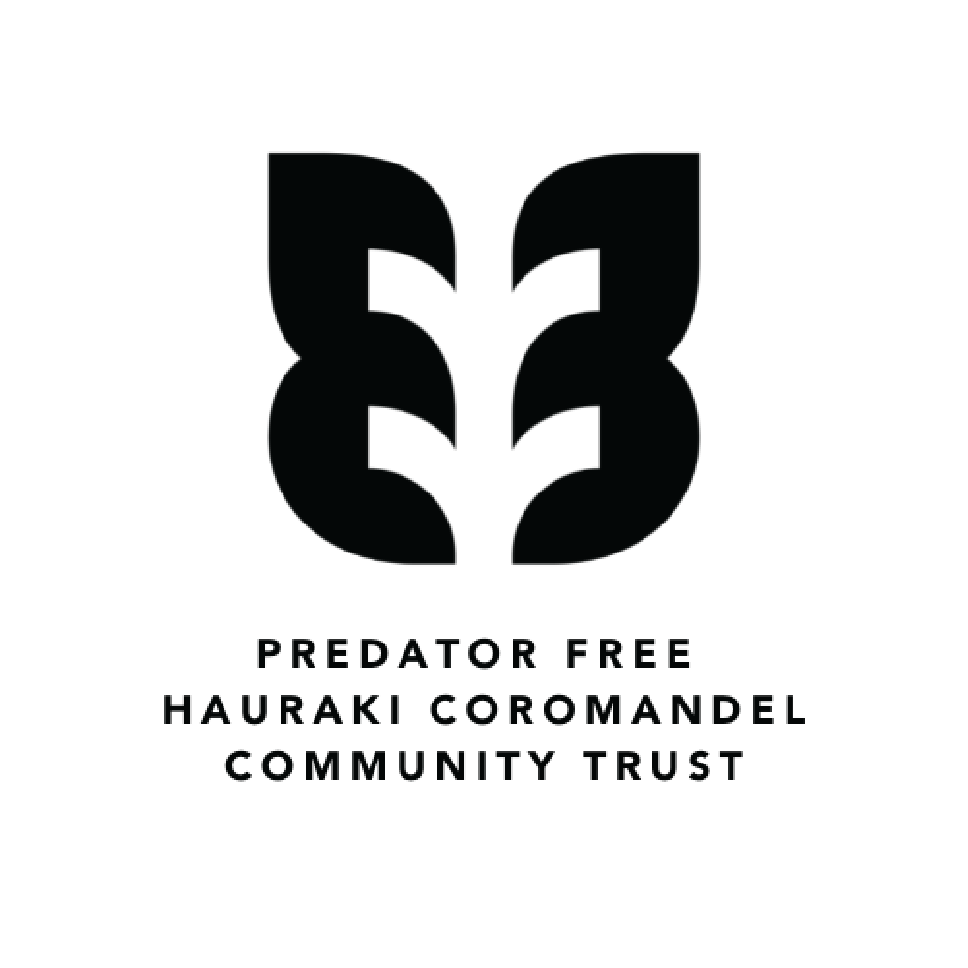Mustelid Summit: Olivia Rothwell
Olivia Rothwell spoke recently at the Mustelid Summit about the work Predator Free NZ 2050 is doing in technology and science to support predator eradication
Aotearoa New Zealand is experiencing a biodiversity crisis with thousands of native species threatened or at risk of extinction. Stepping up to meet this crisis head-on, Predator Free NZ 2050 has a bold vision: to eradicate possums stoats and rats from our shores by 2050. As a Crown-owned, charitable company, Predator Free NZ 2050 co-fund large, landscape projects and breakthrough science in order to work towards this goal. So how does all of this work being done on a national scale impact conservation groups in the Hauraki Coromandel? Predator Free NZ 2050’s Olivia Rothwell recently shared the scope of this work at the Mustelid Summit, hosted by Predator Free Hauraki Coromandel.
Trapping can sometimes feel like a relentless task, so Olivia was keen to let all those doing the hard yards on the traplines know that they have a support team behind them in Predator Free NZ 2050. By outlining the technological and scientific advances Predator Free NZ 2050 is making, and the projects that knowledge is pulled from to lead to these advances, Olivia was able to communicate to the Hauraki Coromandel conservation groups the myriad of ways they are being supported behind the scenes, and to describe some of the exciting new tools that are coming down the pipeline.
One of Predator Free NZ 2050’s core pillars is to work on new tools in order to make the eradication of introduced pests possible. Predator Free NZ 2050 currently has 13 landscape projects covering around 756,000 hectares of land. All of these projects together generate a remarkable amount of knowledge, which then needs to be shared around. In order to ensure this knowledge sharing happens across these vast projects, Predator Free NZ 2050 has employed a knowledge broker to help transform and share the knowledge, technology and research generated by these landscape projects. With so much mahi happening out there in the field and so much being learned, it is key for Predator Free NZ 2050 to make that info available to all other projects that currently fall outside their funding. It’s imperative for these projects to rapidly share the greater effectiveness these insights brings – with new lessons learned every day, Predator Free NZ 2050 don’t want to miss any drops of knowledge that could lead to a breakthrough.
Having seen the success of some of these landscape projects, Olivia recognises the importance of using research from other projects as new projects are built. There is so much variation in all the projects and there is something new to learn every day (and night!) in the field, which again makes knowledge sharing so important.
Predator Free NZ 2050 is currently invested in 18 science projects, including PhDs and post-Doctorates. The theses of students range from investigating the viruses carried by mustelids to developing lure technology. All the work currently being done will eventually feed into the work our trappers in Hauraki Coromandel do as each of these studies refines our understanding of predators and makes us just that little bit better at controlling them.
Olivia is also keen to share news of all the new predator management products that Predator Free NZ 2050 is developing. Working with 12 companies, there are 15 products being developed, 7 of which are commercially available or are being trialled on a large scale. This amazing array of products ranges from mayonnaise to nail guns to auto-locking traps.
With all these products being trialled and tested, the future for predator control looks like wireless traps with remote locks and robots built for rough terrain. However, in order to have a complete picture, Predator Free NZ 2050 is also looking to expand existing knowledge, and is consulting mātauranga Māori. Predator Free NZ 2050 has been working with Korehāhā Whakahau (the first iwi-led pest eradication project ) on aligning new pest eradication technologies with traditional indigenous knowledge. The goal here is to advance pest control throughout Aotearoa New Zealand in a way that also applies the discipline of mātauranga. When talking about knowledge transfer, Māori have around 500 years more experience than Pakeha in studying the natural world of Aotearoa, so folding this knowledge in with Western science makes for hardier tools for pest control.
The great variation in landscapes is part of what makes Aotearoa New Zealand so special, but these variations mean that different eradication tools are needed for different areas. What Predator Free NZ 2050 is trying to achieve is a bigger toolbox, so all the groups working in predator control can have a bigger range of tools to choose from, and can find what works best for their rohe.
Olivia ended her presentation with a plea to the assembled conservation groups: gather your data and do it well. The more data that is collected, the clearer the picture becomes, and the stronger and better the tools will become to achieve predator eradication. It is certainly worth performing careful data entry if it means that one day in the future we can send a robot out to check a trapline!


